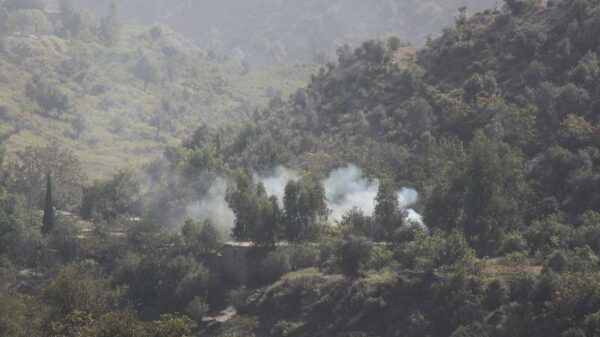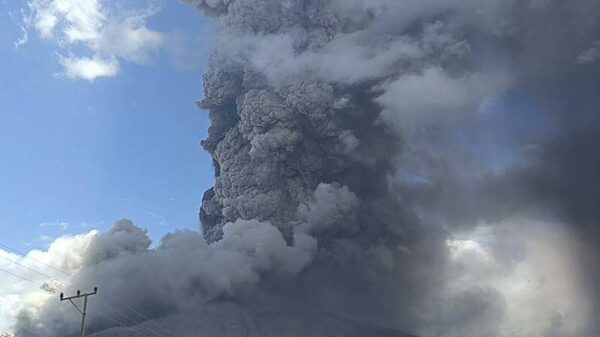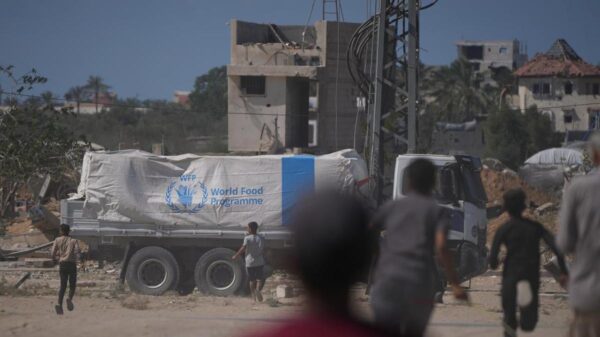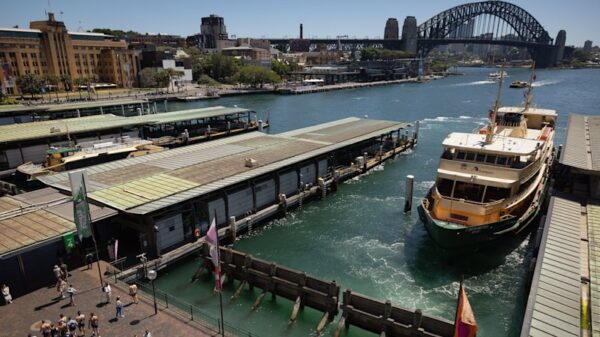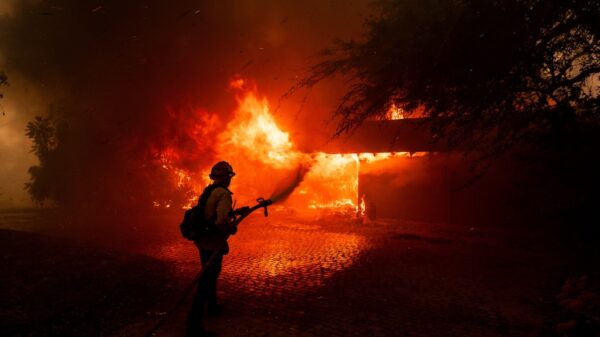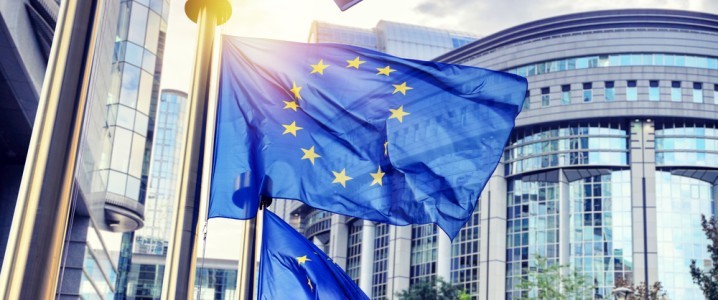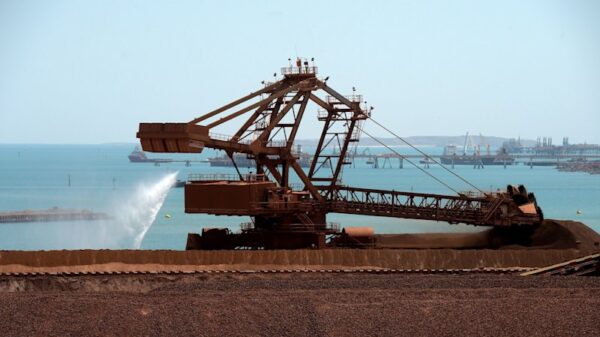The recent escalation between Israel and Iran, followed by U.S. military involvement and a fragile ceasefire, has underscored the precarious nature of global energy security. Although open conflict has subsided for now, the potential for broader regional disruption remains a significant concern. Central to this issue is the Strait of Hormuz, a narrow maritime corridor through which approximately a fifth of the world’s oil and a third of its liquefied natural gas (LNG) are transported daily.
Even without a full-scale blockade, recent drone strikes, retaliatory air raids, and naval maneuvers have demonstrated how easily this critical artery can be threatened. Energy markets have already reacted, with prices feeling the strain. While tankers continue to operate, the message to Europe is clear: dependency on fossil fuels exposes the continent to geopolitical tensions and disruptions.
Europe’s reliance on fossil fuels, particularly from the Middle East, presents a dual challenge. Although the region accounts for a smaller percentage of European oil imports compared to Asia, the interconnectedness of global markets means that European economies remain vulnerable. A significant disruption in the Strait of Hormuz could lead to skyrocketing oil and gas prices, impacting not just the economy but also the strategic stability of the region.
The ramifications of such dependency became evident during the energy crisis following Russia’s invasion of Ukraine, and they are once again highlighted by tensions in the Gulf. Each crisis reinforces the reality that as long as Europe clings to oil and gas, it remains ensnared in the geopolitics of scarcity and conflict.
While some advocate for increased domestic fossil fuel production, this strategy lacks the necessary scale. Europe’s conventional oil and gas reserves are dwindling, with North Sea output continuing to decline. Geological and environmental constraints further limit new exploration, leaving the continent ill-equipped to respond effectively to global energy shocks.
In contrast, the transition to clean energy sources such as wind, solar, and hydrogen presents a more sustainable solution. These renewable technologies rely on flow rather than finite resources, providing a level of resilience against geopolitical disruptions. As the saying goes, “No one can blockade the sun or restrict the wind.”
Critics of the renewable transition often cite potential new dependencies on materials like rare earth metals and batteries, primarily sourced from countries such as China. While this is a valid concern, the shift towards renewables offers several advantages over fossil fuel dependency. The move from energy extraction to energy infrastructure equips Europe with tools to foster greater independence, particularly as the world moves toward a more sustainable energy future.
Delaying the expansion of renewable energy and necessary grid upgrades only prolongs Europe’s vulnerability to external shocks. The European Commission’s REPowerEU strategy has initiated progress, particularly in scaling solar energy and expediting permit processes. However, existing fossil fuel subsidies and infrastructure commitments continue to hinder rapid transformation. New LNG terminals and gas pipelines are still under development, with many industries operating under the outdated assumption that fossil fuels will remain affordable and accessible.
This assumption has become increasingly untenable. The lessons from the Strait of Hormuz highlight not only the instability of the region but also the outdated nature of Europe’s current energy strategy. The existing fossil-based security architecture—characterized by reserves, pipelines, and strategic stocks—proves to be inherently fragile.
A strategic pivot towards renewables is not merely an environmental necessity; it is essential for geopolitical stability. Achieving energy sovereignty depends on advancing the deployment of wind, solar, battery technology, green hydrogen, and smart grid solutions. This requires clear political direction, aligning financial policies with strategic risks, and prioritizing the development of critical mineral supplies akin to defense and trade priorities.
The energy independence of Europe should be viewed as a collective mission rather than a disparate national effort. With the necessary resources and technology at hand, the urgency now lies in acting swiftly and decisively.
As the recent crisis in the Middle East illustrates, the fragility of the global energy landscape poses significant risks. Any escalation—whether intentional or accidental—could lead to soaring oil and gas prices, economic turmoil, and further instability. Europe faces a critical choice: to reinforce outdated energy dependencies or to embrace a more resilient and sustainable future. The next major disruption is not a question of ‘if’ but ‘when’, making the need for change all the more pressing.









